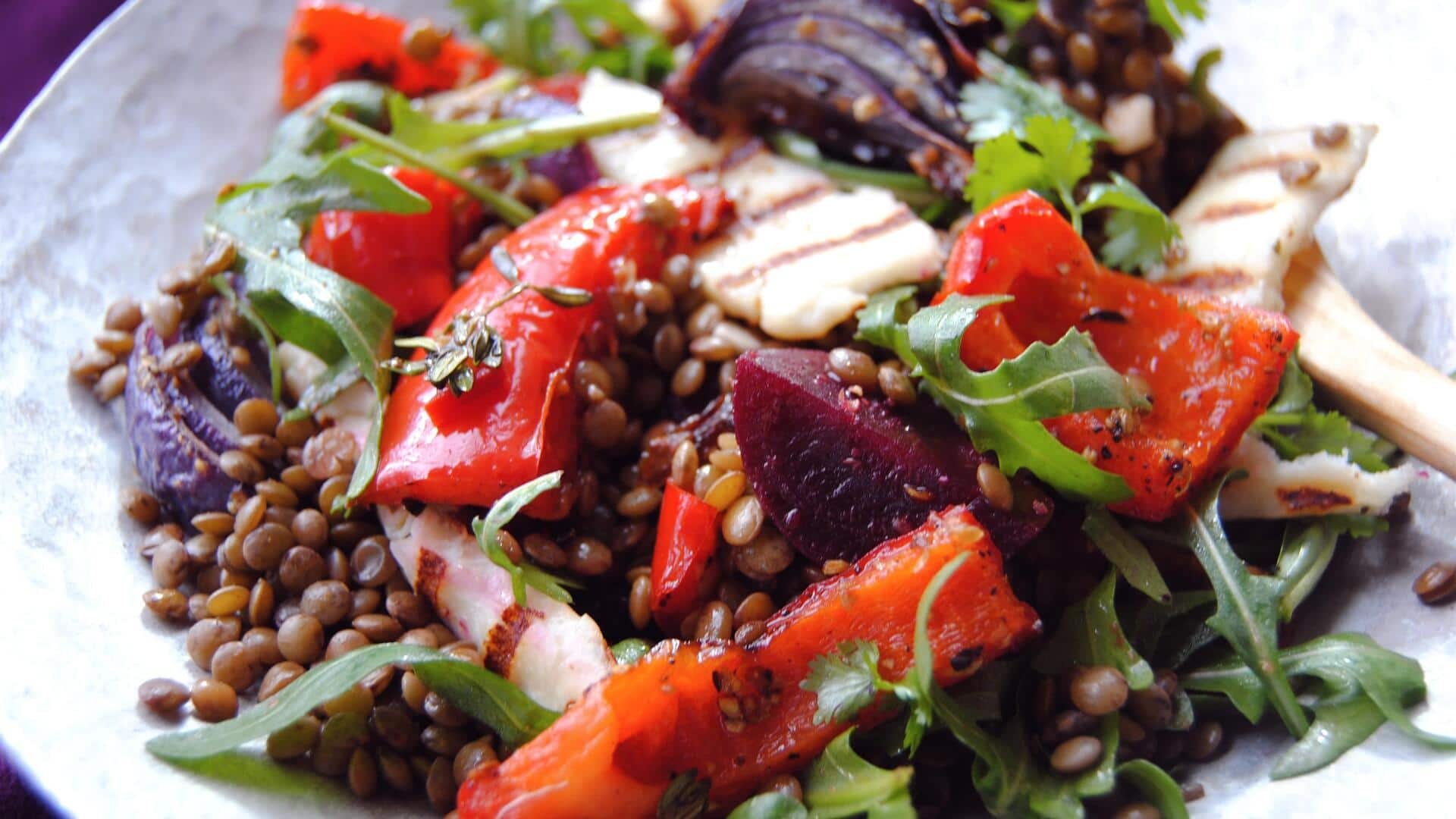
Pepper v/s beetroot: Comparing their nutrition
What's the story
Pepper and beetroot are two commonly used ingredients in our kitchens, both of which provide unique nutritional benefits. While pepper is known for its flavor-enhancing properties, beetroot is famous for its vibrant color and earthy taste. Both ingredients are rich in nutrients that can contribute to a balanced diet. Knowing their nutritional profiles can help you make informed dietary choices.
#1
Vitamin content in pepper and beetroot
Pepper is a great source of vitamin C, which is essential for boosting immunity and skin health. A single serving can give you more than 10% of the daily recommended intake of vitamin C. Beetroot, on the other hand, is rich in folate, which is important for cell division and DNA synthesis. It gives about 20% of the daily recommended intake per serving.
#2
Antioxidant properties of each ingredient
Both pepper and beetroot are packed with antioxidants that fight oxidative stress in the body. Pepper contains piperine, an active compound with antioxidant properties that may improve nutrient absorption. Beetroot has betalains, which are known for their anti-inflammatory effects and may help reduce the risk of chronic diseases.
#3
Fiber content comparison
Fiber is essential for digestion and gut health. Beetroot is especially high in dietary fiber, which helps keep bowel movements regular and may lower cholesterol levels. While pepper has less fiber than beetroot, it still contributes to your daily fiber intake when consumed regularly as part of meals or snacks.
Mineral insight
Mineral richness: Potassium levels analyzed
Both pepper and beetroot provide potassium, an important mineral that regulates blood pressure and muscle function. Pepper has more potassium than beetroot per serving, but both contribute significantly to your daily potassium requirement when included in a balanced diet.